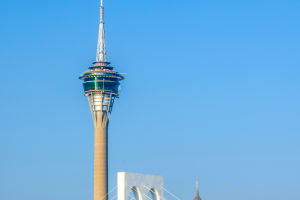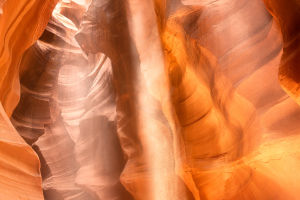Night photography can be a daunting task for many photographers, especially those who are used to shooting in daylight.
However, with the right techniques and equipment, night photography can produce some of the most stunning and creative images. Let’s provide some tips and tricks for getting the most out of your night photography.
1. Use a tripod
One of the most important things to have when shooting at night is a sturdy tripod. Since you'll be working with longer exposure times, any movement in your camera can result in blurry images. A tripod will keep your camera stable and allow you to capture sharp and crisp photos.
2. Choose the right lens
When choosing a lens for night photography, look for one with a low aperture (f-stop) number. This will allow more light into the camera and give you the ability to shoot at a faster shutter speed. A wide-angle lens is also a good choice, as it can capture more of the scene and create a dramatic effect.
3. Use manual focus
In low-light situations, autofocus can struggle to find a subject to focus on. Switching to manual focus allows you to have complete control over the focus, which is crucial for night photography. Use your camera's live view mode to zoom in on your subject and fine-tune the focus manually.
4. Experiment with different shutter speeds
When shooting at night, longer shutter speeds are often necessary to allow enough light into the camera. However, the longer the shutter speed, the more likely you are to get motion blur from any movement in the scene. Experiment with different shutter speeds to find the right balance between capturing enough light and avoiding motion blur.
5. Use a remote shutter release
Using a remote shutter release allows you to take photos without touching your camera, which reduces the risk of a camera shake. If you don't have a remote release, you can also use your camera's self-timer to take the shot.
6. Shoot in RAW format
Shooting in RAW format gives you more control over your images in post-processing. RAW files contain more information than JPEG files, which allows you to adjust the exposure, white balance, and other settings without losing quality.
7. Adjust your camera's settings
When shooting at night, it's important to adjust your camera's settings to get the best possible image. Increase the ISO to allow more light into the camera, but be careful not to go too high, as this can result in digital noise. Use a wide aperture (low f-stop number) to let in as much light as possible and a longer shutter speed to capture more light.
8. Experiment with light sources
One of the most interesting aspects of night photography is the ability to experiment with different light sources. Use streetlights, car headlights, and other light sources to create interesting effects in your photos. You can also use a flashlight to illuminate specific areas of the scene, such as a tree or building.
9. Look for reflections
Reflections can add an extra element to your night photos, especially if you're shooting near water or other reflective surfaces. Look for reflections of streetlights or other light sources to create interesting compositions.
10. Don't be afraid to experiment
Night photography is all about experimentation, so don't be afraid to try new things. Play around with different settings, compositions, and light sources to create unique and interesting images. You never know what you might discover!
Night photography can be a challenging but rewarding genre of photography. With the right techniques and equipment, you can capture stunning and creative images that showcase the beauty of the night. Remember to use a tripod, choose the right lens, experiment with shutter speeds, and adjust your camera's settings to get the best possible image. With these tips, you'll be on your way to creating beautiful night photos.


